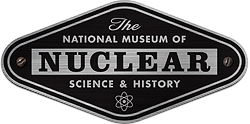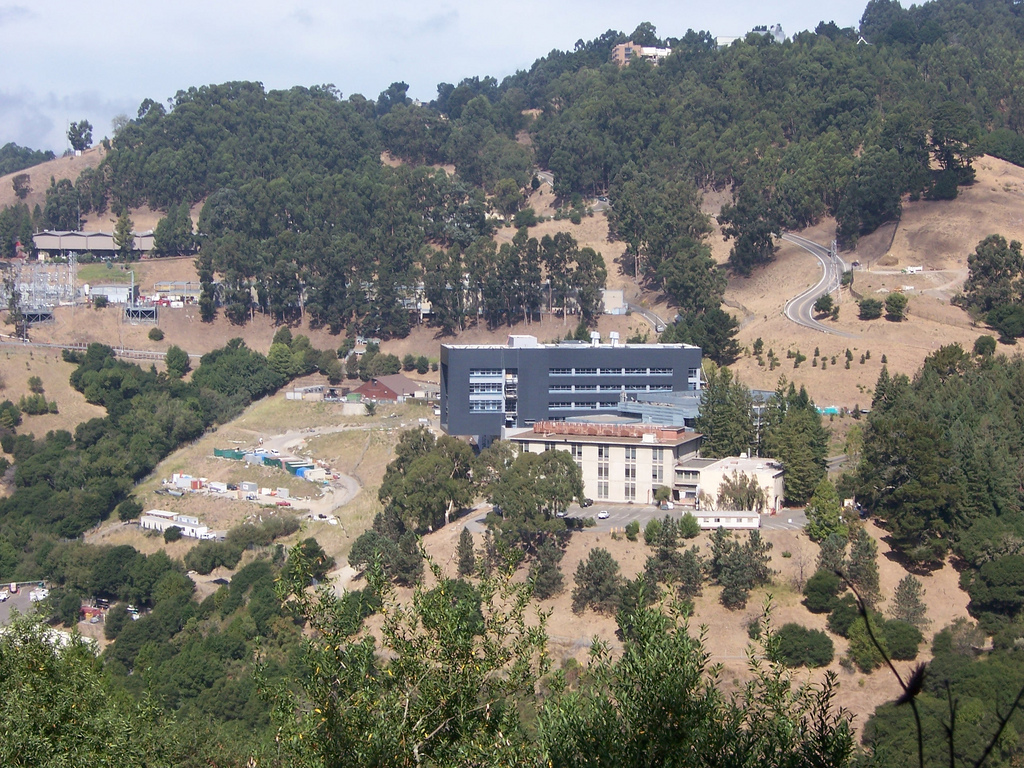Claude Lyneis is a nuclear physicist specializing in accelerator physics.
Lyneis received his B.A. in Physics from the University of Washington in 1965 and his Ph.D. in Physics from Stanford University in 1974. After spending a year as a visiting scientist in Germany, Lyneis returned to Stanford, working on the Superconducting Accelerator in the High Energy Physics Laboratory.
In 1981, Lyneis became the Director of Operations and Development for the 88-inch cyclotron at Lawrence Berkeley National Laboratory. While at Berkeley, he also led the development of Electron Cyclotron Resonance ion sources. By harnessing the motion of electrons in a magnetic field to create plasmas, large amounts of charged ions can be formed. This technique benefits a variety of fields, from particle physics and electric propulsion to medicine and industry.
In 1999, Lyneis was elected as a fellow to the American Physical Society. In 2001, Lyneis also won the Tom W. Bonner Prize in Nuclear Physics.
After his retirement from the Berkeley, Lyneis found old reels of film in the laboratory building. These films included a depiction of the kinds of experiments which led to the discovery of elements such as mendelevium and a recording of the 25th anniversary celebrations at Hanford. Lyneis has shared these films with the Atomic Heritage Foundation, and they can be viewed by clicking on the links above.





